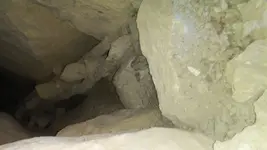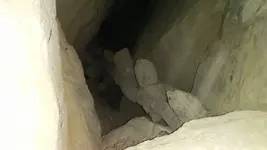motel6.5
Sr. Member
- Joined
- Mar 27, 2012
- Messages
- 355
- Reaction score
- 370
- Golden Thread
- 0
- Location
- Nevada,Calif.,Utah,Arizona
- Primary Interest:
- All Treasure Hunting
I guess I am not done yet, as other clues I would look for on top of the ground are, mounds of dirt that seem frozen in time {excavation from the tunnels} and there must have been a fresh water spring/artisian,which I think was made into a well possibly lined with rocks a few feet down, with a cap rock on top...The tools they used are most likely buried or stashed in one of the caves,maybe where the engraveing are...and 1 more thingy, I may show up there to do my own searches and I am a friendly snake.



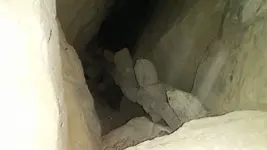

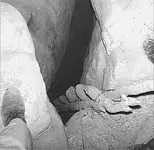
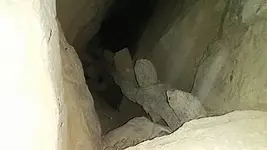
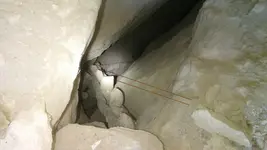
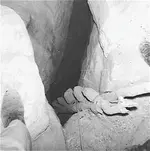
 My opinion only.
My opinion only.